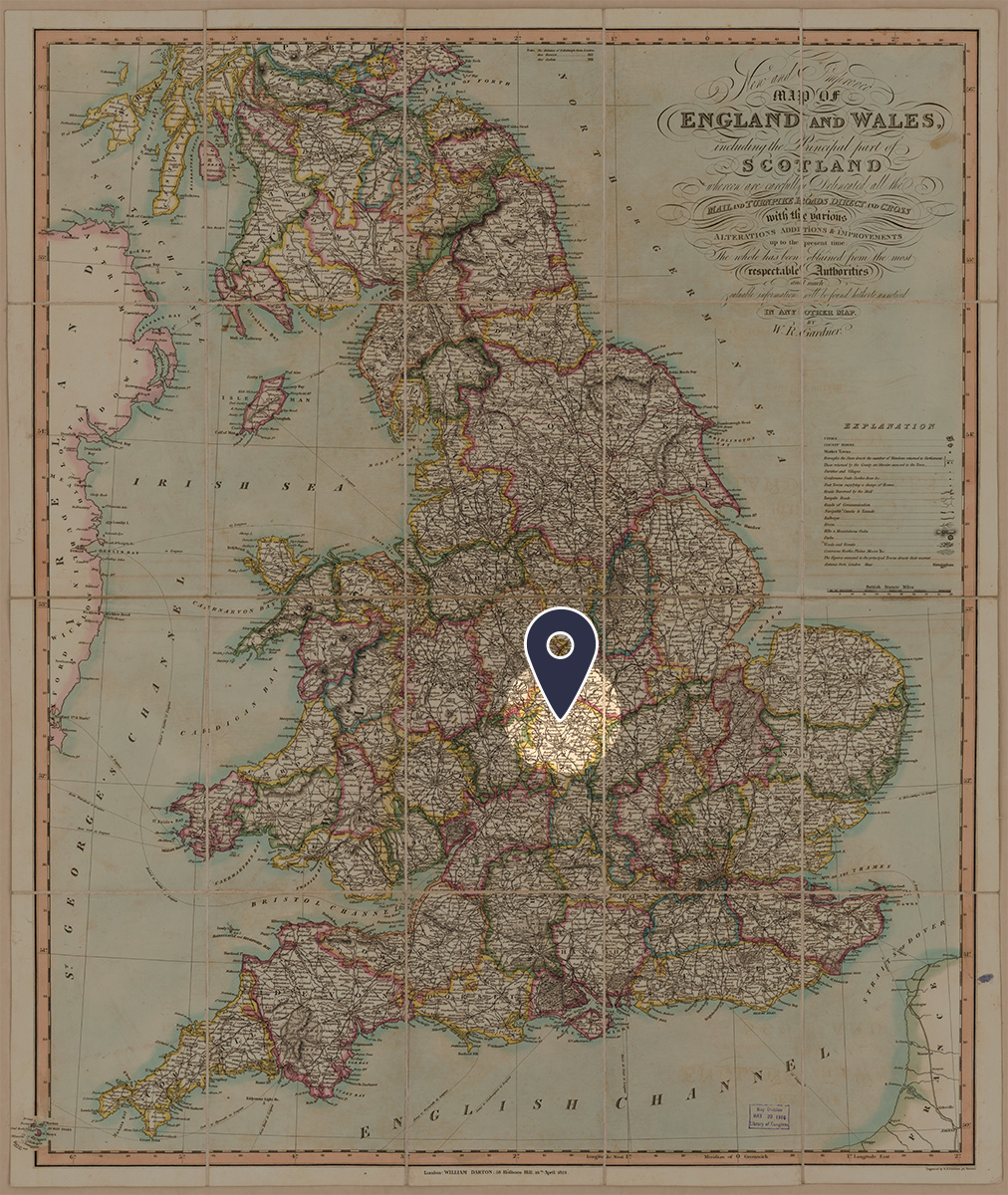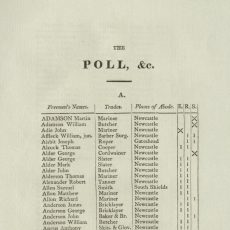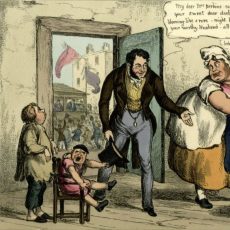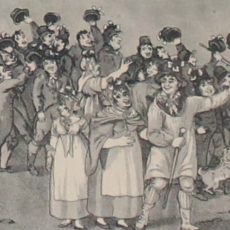
Coventry was a significant manufacturing town, in which trades in silk, watchmaking, and cordwaining were predominant. The silk trade in particular was vital to Coventry’s economic growth due to the town’s proximity to the growing town of Birmingham. Coventry’s municipal structure was dominated by the corporation which included the mayor, ten aldermen, and twenty members f the common council. They elected the mayor and sheriffs who served as returning officers for the constituency’s elections and appointed the recorder who usually came from among the area’s elite families. Notable grandees included Lords Archer, Craven, and Hertford as well as the Duke of Grafton. Lord Archer (whose seat was Umberslade Hall near Tanworth-in-Arden in Warwickshire) served as MP for Warwick and Bramber. Lord Craven was the leading Tory in the county, whose seat was Coombe Abbey outside of Coventry. The 2nd Duke of Grafton served as recorder for Coventry from 1737. His son, Lord Euston, and son-in-law, Lord Petersham, both represented the constituency in the first half of the century. Lord Hertford’s interest came later in the 1760s, when his son also became an MP for the constituency.
Coventry was fairly evenly divided between Whig and Tory interests, which mainly manifested along corporation and anti-corporation lines. The corporation was largely dominated by Whigs and nonconformists over the course of the eighteenth century. However, the population was also divided between ‘Churchmen’ and Dissenters (who made up approximately 25% of the households in 1703). In 1754, Coventry’s population numbered around 12,000 people, of whom 2500 voters (20.8%) were eligible to vote. Elections were frequently punctuated by unrest and violence as heated contests arose between Whigs and Tories. During the 1722 election, ‘the Tories endeavoured to return their men using violence; sticks and clubs were provided from Warwick and elsewhere and whole horse loads of them were brought into Coventry before the election or taken to Coombe Abbey where many persons were armed… On the last day, Lord Craven and his friends marched into the city at the head of 2000 men, horse and foot, with green twigs and leaves in their hats, armed, colours flying, drums beating and trumpets sounding. They began rioting, smashed many windows, stayed those who had no colours and cried “Down with the Rump! Down with the King’s Head! No Hanoverians! No seven years Parliament!”’ By 1832, when the Great Reform Act was passed, the boundaries of the constituency remained the same. The size of the electorate and population had also grown, with 3285 eligible voters (12%) in a population of around over 27,000.








